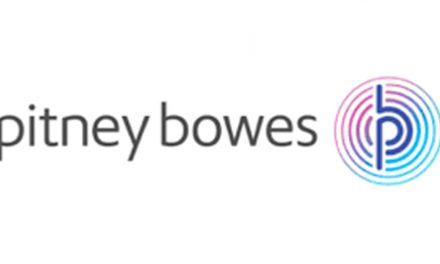
In praise of print
Clive Stringer, Business Development Director for Pitney Bowes, says it is time to praise print and boost your transactional post. Print has a strong, loyal following, and remains a popular, trusted and credible way to create real impact. Smart organisations know this, and incorporate print into their customer contact strategies. Waitrose is the latest business to extol the virtues of print as an integral part of its omnichannel marketing strategy, saying it is their most successful channel in terms of ROI. Research provides insight as to why this might be the case: a study1 found that 84% of people believe they can understand and retain or use information much better when they read it on paper. They take time to read through physical documents when it’s convenient for them, and they can concentrate and absorb what they’re reading. This ability to understand and recall what they’ve read clearly helps Waitrose retain its competitive advantage.
The same study found that 83% of respondents state a clear preference for reading print on paper when documents are complicated, and almost half want a paper bill for their financial services. Conversations we have with our clients reflect this, and reinforce the value of printed documentation particularly when it comes to complex, ‘official’ or transactional documents. One of our clients in the financial services industry explains that despite the organisation’s drive towards digital, its customer base frequently expresses a preference for physical statements, so print remains a critical part of its customer contact strategy.
Another client relying strongly on print, this time in local government, tells us that although many of their services are moving online, there are some services such as council tax and parking notices which will remain physical for the foreseeable future. They add that it is easier for them to track physical mail, so they know exactly which documents were sent and when, avoiding the scenario of people claiming not to have received them.
This credibility of physical communication combines with consumer sentiment in favour of secure printed documentation for certain types of mail: 49% of respondents in a survey2 felt that printed documents are more secure. Industry regulations demand high levels of security and document integrity across physical and digital communications. Businesses sending out printed transactional mail – whether high or low volume – need to stay on top of these regulations and provide a clear, documented chain of custody, demonstrating their robust approach to data security.
At the same time, businesses need to achieve operational excellence. They need technologies which generate a quicker return on investment and provide clear productivity gains, as well as faster outputs.
The industry is responding to these demands with technology innovation. High-speed, multi format physical technologies integrate advanced digital platforms to deliver accurate high-integrity results, top-quality service levels and a lower total cost of ownership for complex transactional processing. They help businesses achieve industry-leading compliance with a precise, detailed audit trail.
They allow an omnichannel approach so organisations can tailor their communications to meet customer preference, and help firms make productivity gains with maximum uptime. These technologies also increase productivity with faster outputs and the ability to change formats quickly and easily. And they generate higher-value communications.
To find out more about the technologies which can help your firm boost its transactional mail – whether high or low volume – to create real impact, please come along to our stand D59 in Hall 4 at drupa2016. We’ll be delighted to talk you through how your company can boost its transactional mail to drive results.
1,2 Research from Toluna and Two Sides










